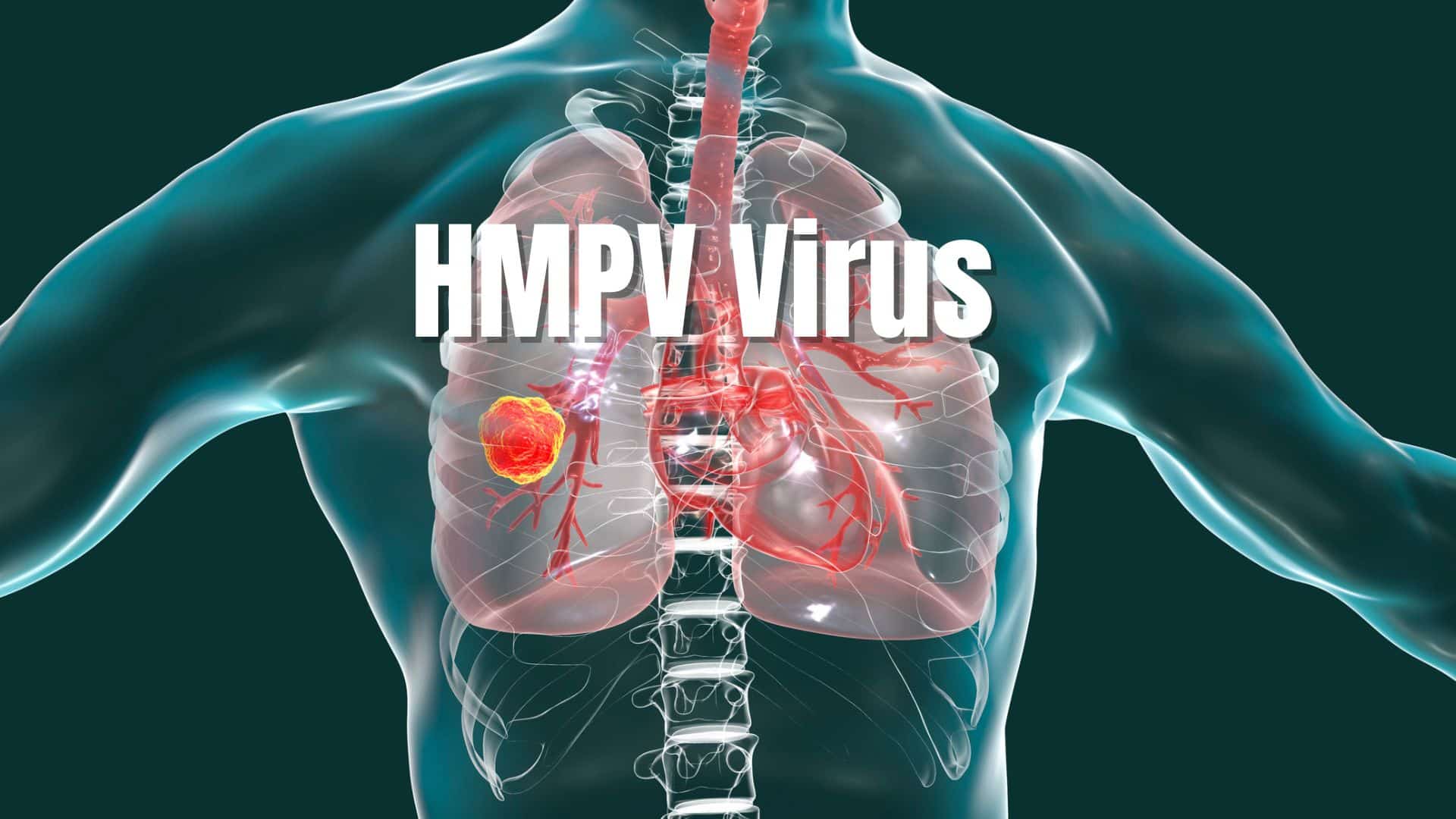
Surge In China's HMPV Outbreak: All You Need To Know
Introduction
China has been experiencing a surge in cases of Human Metapneumovirus (HMPV) infection, particularly among children. This highly contagious virus can cause a range of respiratory illnesses, including bronchiolitis and pneumonia. The outbreak has raised concerns among health officials and parents alike, prompting a closer examination of the virus, its symptoms, and the implications of its spread.
Understanding HMPV
HMPV is a common respiratory virus that belongs to the same family as the measles virus and mumps virus. It primarily affects young children, with the highest incidence occurring in those under the age of two. Transmission typically occurs through close contact with infected individuals or contaminated surfaces.
Symptoms and Complications
HMPV infection typically presents with symptoms such as runny nose, cough, and fever. In severe cases, it can lead to lower respiratory tract infections, such as bronchiolitis and pneumonia. Bronchiolitis involves inflammation of the small airways in the lungs, causing wheezing and difficulty breathing. Pneumonia is an infection of the lungs that can cause fever, chills, and shortness of breath.
Outbreak in China
China has witnessed a significant surge in HMPV cases since November 2022. The outbreak has affected several provinces, including Jiangsu, Zhejiang, and Henan. Schools and kindergartens have been closed in some areas to prevent the spread of the virus.
The exact cause of the outbreak remains unclear, but factors such as increased social mixing following the easing of COVID-19 restrictions, reduced immunity due to limited exposure to the virus during the pandemic, and potential changes in the virus itself may have contributed to its spread.
Impact and Concerns
The outbreak has placed a strain on healthcare resources, with hospitals reporting increased admissions of children with respiratory illnesses. The surge in cases has also raised concerns about the potential for more severe complications, particularly among vulnerable populations such as infants and children with underlying medical conditions.
Prevention and Treatment
There is currently no specific antiviral treatment for HMPV infection. Supportive care measures, such as rest, fluids, and fever reducers, are the mainstay of treatment. Prevention focuses on reducing transmission through measures such as hand hygiene, respiratory etiquette (covering coughs and sneezes), and avoiding close contact with infected individuals.
Critical Perspectives
The HMPV outbreak in China has sparked discussions on various perspectives and implications. Some experts emphasize the importance of raising awareness about the virus and its symptoms, particularly among parents and caregivers. Others highlight the need for strengthening surveillance systems to monitor the spread of the virus and identify potential risk factors.
There are also concerns about the potential for the outbreak to contribute to increased antibiotic resistance. Respiratory infections like HMPV can lead to secondary bacterial infections, which are often treated with antibiotics. Overuse or inappropriate use of antibiotics can contribute to the development of antibiotic-resistant bacteria.
Conclusion
The surge in HMPV cases in China underscores the ongoing challenges of respiratory virus outbreaks, particularly in densely populated settings. The virus can cause significant illness, especially in young children, and its spread can strain healthcare resources. As the outbreak continues, it is essential to implement effective prevention measures, provide appropriate care for infected individuals, and conduct ongoing research to better understand the virus and its impact.
By working together, healthcare professionals, policymakers, and the public can mitigate the effects of the outbreak and protect vulnerable populations from severe respiratory illnesses.